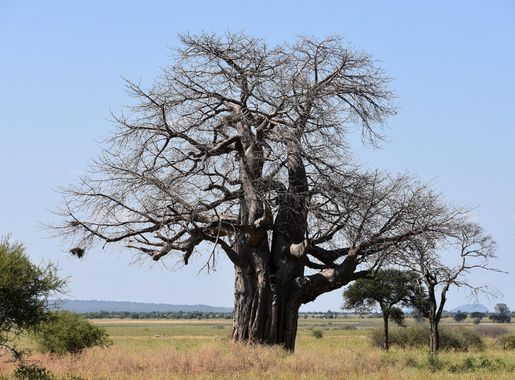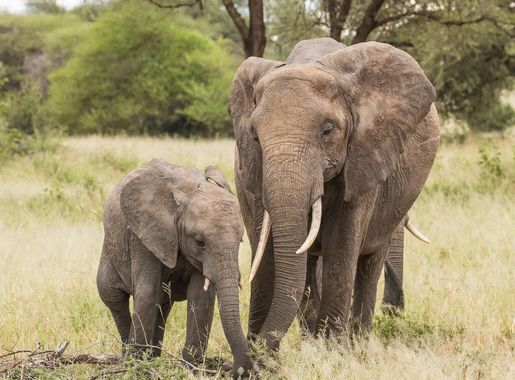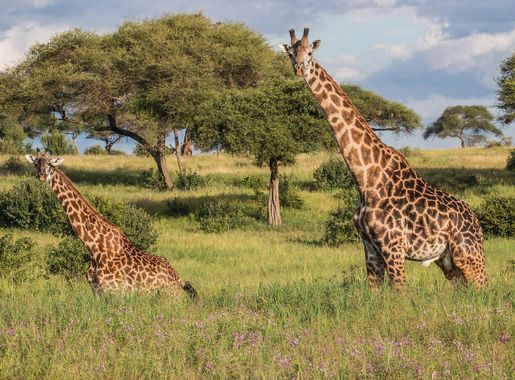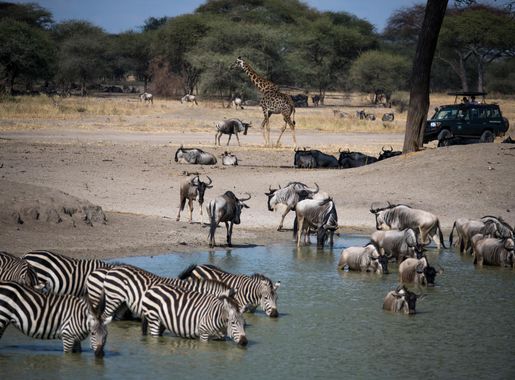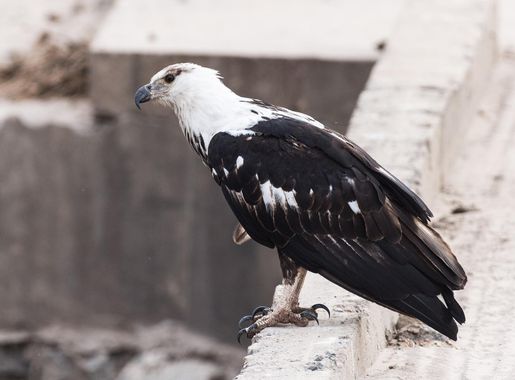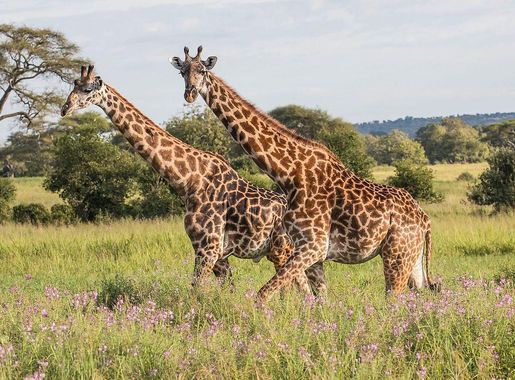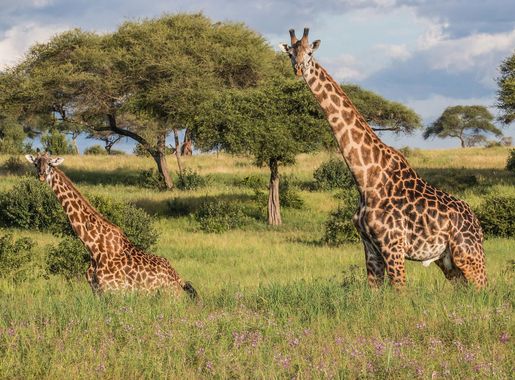
Tarangire National Park: A Sanctuary of Giants and Wilderness
Discover Tarangire National Park: Tanzania's hidden gem with vast elephant herds, ancient baobabs, and diverse wildlife, offering an unforgettable safari experience.
Tarangire National Park, located in northern Tanzania, is a hidden gem for wildlife enthusiasts and nature lovers. Known for its vast herds of elephants, this park offers a unique safari experience that rivals the more famous Serengeti. The park is named after the Tarangire River, which acts as a lifeline for the animals during the dry season. Visitors can witness a variety of wildlife congregating around the river, including zebras, wildebeests, and a plethora of bird species. One of the park's most striking features is its landscape. The park is dotted with ancient baobab trees that tower over the savannah, creating a picturesque backdrop for your safari adventures. The diverse habitats, ranging from swamps to grassy plains, support a rich biodiversity that makes every game drive a thrilling experience. Apart from the elephants, the park is also home to lions, leopards, and cheetahs, offering ample opportunities for big cat sightings. For those interested in birdwatching, Tarangire is a paradise. With over 550 bird species recorded, including the rare and colorful Fischer's lovebird, the park is a must-visit for ornithologists and casual bird lovers alike. Whether you choose to explore the park on a guided safari or a walking tour, the natural beauty and abundant wildlife of Tarangire National Park will leave you in awe.
Local tips in Tarangire National Park
- Visit during the dry season (June to October) for the best wildlife viewing as animals gather around the Tarangire River.
- Stay in one of the park's lodges or tented camps for an immersive experience and the chance to hear wildlife at night.
- Don't forget your binoculars; the park is a birdwatcher's paradise with over 550 species to spot.
- Consider a walking safari for a more intimate and educational experience with the park's flora and fauna.
- Carry insect repellent and wear long sleeves to protect against mosquitoes, especially during the evening.
Tarangire National Park: A Sanctuary of Giants and Wilderness
Tarangire National Park, located in northern Tanzania, is a hidden gem for wildlife enthusiasts and nature lovers. Known for its vast herds of elephants, this park offers a unique safari experience that rivals the more famous Serengeti. The park is named after the Tarangire River, which acts as a lifeline for the animals during the dry season. Visitors can witness a variety of wildlife congregating around the river, including zebras, wildebeests, and a plethora of bird species. One of the park's most striking features is its landscape. The park is dotted with ancient baobab trees that tower over the savannah, creating a picturesque backdrop for your safari adventures. The diverse habitats, ranging from swamps to grassy plains, support a rich biodiversity that makes every game drive a thrilling experience. Apart from the elephants, the park is also home to lions, leopards, and cheetahs, offering ample opportunities for big cat sightings. For those interested in birdwatching, Tarangire is a paradise. With over 550 bird species recorded, including the rare and colorful Fischer's lovebird, the park is a must-visit for ornithologists and casual bird lovers alike. Whether you choose to explore the park on a guided safari or a walking tour, the natural beauty and abundant wildlife of Tarangire National Park will leave you in awe.
When is the best time to go to Tarangire National Park?
Iconic landmarks you can’t miss
Serengeti National Park
Explore the breathtaking Serengeti National Park, where wildlife roams free and nature's beauty unfolds in Tanzania's iconic landscapes.
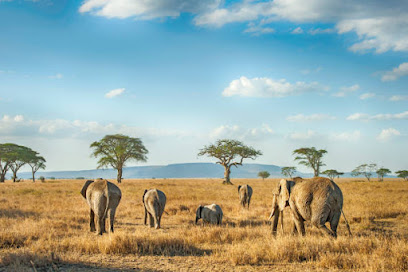
Lake Manyara National Park
Explore the breathtaking wildlife and stunning landscapes of Lake Manyara National Park, a must-visit destination in Tanzania for nature lovers and adventurers.
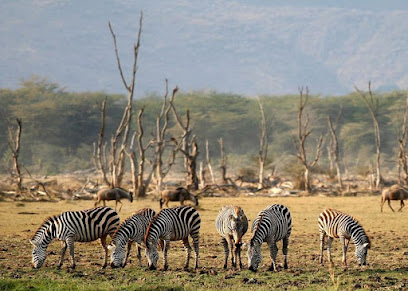
Arusha National Park
Explore Arusha National Park: A breathtaking blend of wildlife, stunning landscapes, and adventure awaits in Tanzania's natural paradise.
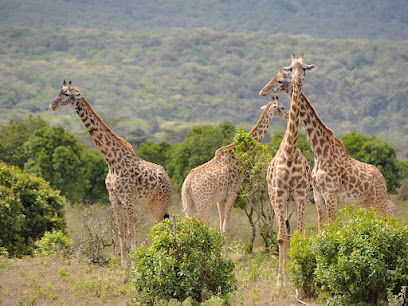
Maramboi Tented Lodge
Discover Maramboi Tented Lodge: A luxurious retreat nestled between Tarangire and Lake Manyara, offering an unforgettable safari experience in Tanzania's breathtaking wilderness.
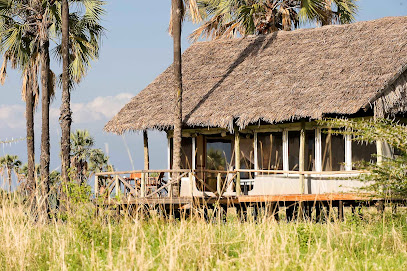
BURIGI CHATO SAFARIS CO LTD - Tanzania Serengeti Safaris | Kilimanjaro Climbing (Hiking) & Zanzibar Tour Operators
Discover Tanzania's stunning landscapes, rich wildlife, and vibrant culture with Burigi Chato Safaris, your premier tour operator for unforgettable adventures.

Saadani National Park
Explore the unique coastal wildlife and breathtaking landscapes of Saadani National Park, a hidden gem in Tanzania's stunning natural heritage.

Saanane National Park
Discover the stunning beauty and rich biodiversity of Saanane National Park, a captivating haven for wildlife enthusiasts on Lake Victoria.
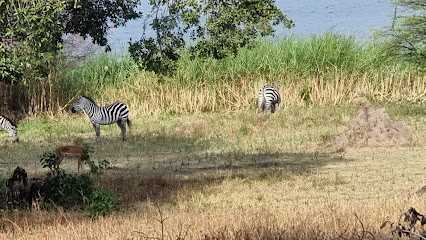
Tarangire Sopa Lodge
Discover the perfect blend of luxury and wildlife at Tarangire Sopa Lodge, nestled in Tanzania's breathtaking Tarangire National Park.

Kitulo National Park
Discover the breathtaking beauty of Kitulo National Park, a floral wonderland and a sanctuary for wildlife in Tanzania's stunning southern highlands.
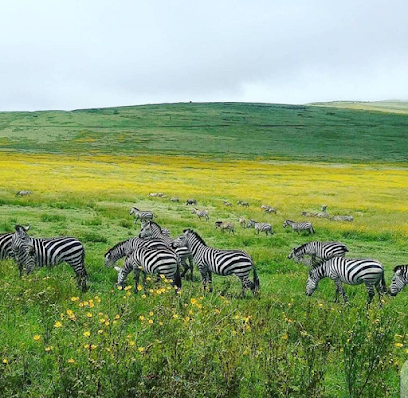
Tarangire Simba Lodge
Discover the beauty of Tarangire National Park from the comfort of Tarangire Simba Lodge, where adventure meets serenity in Tanzania's wilderness.

Tarangire Safari Lodge
Discover the beauty of Tarangire National Park at Tarangire Safari Lodge, a perfect blend of comfort and adventure in Tanzania's wilderness.
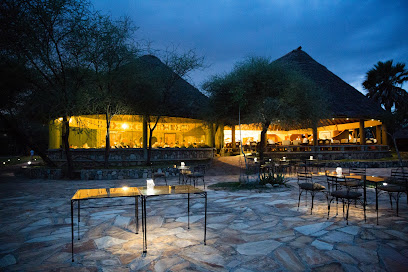
Sangaiwe Tented Lodge
Discover the thrill of wildlife and luxury at Sangaiwe Tented Lodge, your gateway to Tarangire National Park's breathtaking landscapes.

Tarangire Treetops by Elewana
Discover luxury and nature at Tarangire Treetops, a unique lodge in Tarangire National Park, perfect for wildlife enthusiasts and adventure seekers alike.

Nyerere National Park
Discover the untouched wilderness of Nyerere National Park, a premier destination for wildlife enthusiasts and nature lovers in Tanzania.

Oliver's Camp
Experience the unforgettable Oliver's Camp in Tanzania, where adventure meets comfort for families seeking a unique safari experience.

Unmissable attractions to see
Kondoa Irangi Cultural Tourism
Explore ancient rock paintings and immerse in the vibrant culture at Kondoa Irangi Cultural Tourism, a unique Tanzanian heritage experience.
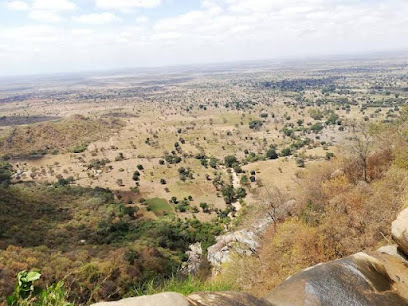
Hot Springs Boardwalk
Discover tranquility and stunning landscapes at the Hot Springs Boardwalk, a must-visit scenic spot in Tanzania's natural beauty.
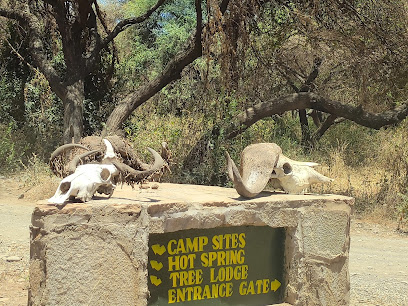
Public Campsite no 1 Tarangire National Park
Discover the wild beauty of Tarangire National Park at Public Campsite No. 1, where adventure and nature come together in an unforgettable experience.
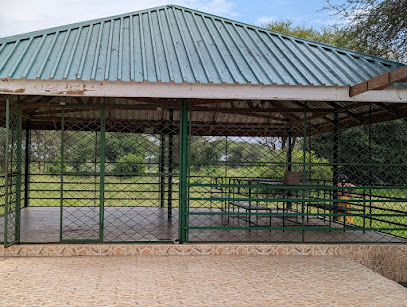
Kondoa Irangi Rock Paintings
Discover the breathtaking Kondoa Irangi Rock Paintings in Tanzania, a historical landmark rich in ancient artistry and cultural heritage.
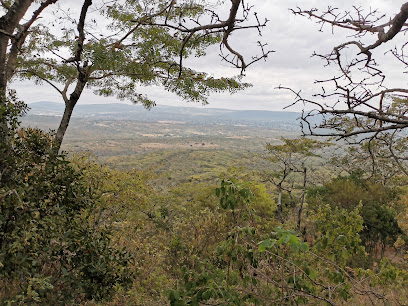
Noloholo Environmental Center
Discover the Noloholo Environmental Center in Tanzania—a national park and wildlife refuge dedicated to conservation and eco-tourism amidst stunning natural beauty.
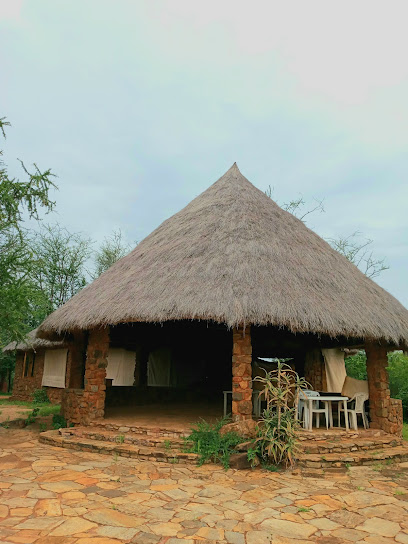
Darakuta Ranch
Explore the stunning Darakuta Ranch in Tanzania, where nature meets adventure in a captivating wildlife park experience.

Forest Chem Chem
Discover the beauty of wildlife and family fun at Forest Chem Chem, a serene lodge along the Tarangire River in Tanzania.
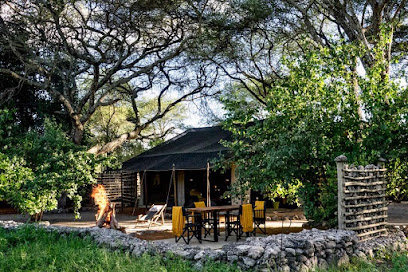
B1 mongomi kondoa painting
Explore the ancient cave paintings of B1 Mongomi Kondoa in Mnenia, Tanzania, a unique blend of history and breathtaking natural beauty.
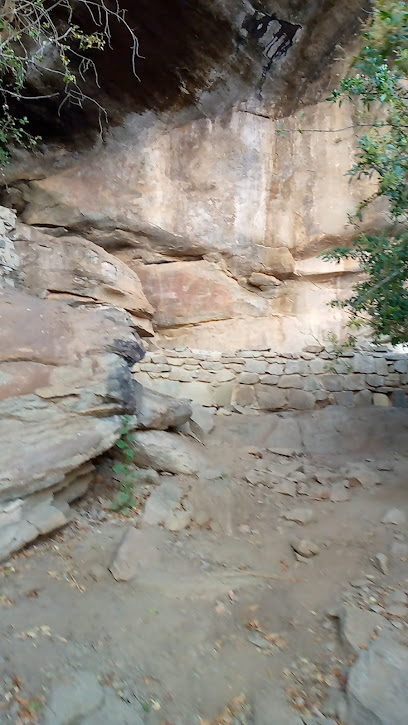
Kondoa Rock Art Fenga Locality
Discover the historical treasures of Kondoa Rock Art Fenga Locality, a UNESCO World Heritage site showcasing ancient rock paintings in Tanzania.
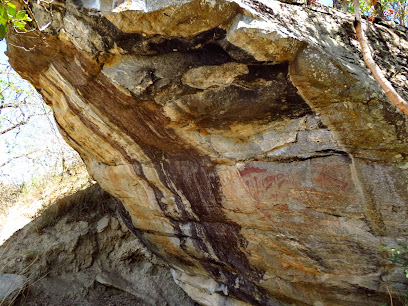
Mkungunero Game Reserve
Explore the breathtaking wildlife and serene landscapes at Mkungunero Game Reserve, a hidden paradise for nature lovers in Tanzania.
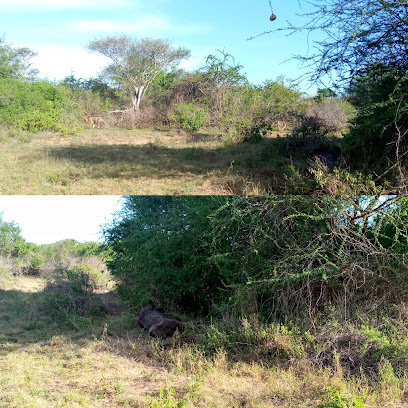
BACHO Waterfalls
Explore the breathtaking BACHO Waterfalls in Ndareda, Tanzania – a serene escape into nature's beauty and adventure.
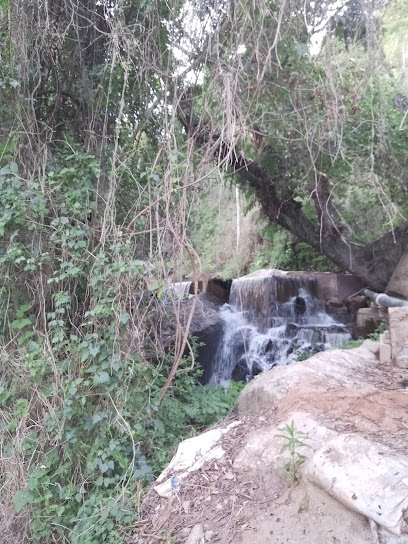
Osiligi Maasai Boma Simanjiro
Immerse yourself in the vibrant world of the Maasai at Osiligi Maasai Boma, a unique cultural experience in the heart of Tanzania.

Mount Hanang'
Explore the stunning vistas and rich biodiversity of Mount Hanang, Tanzania's second-highest mountain, perfect for hikers and nature lovers alike.
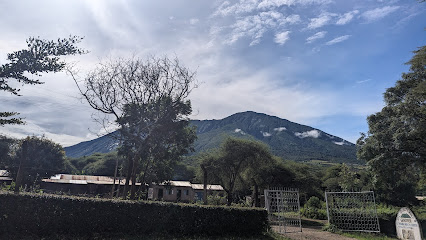
Hondo Hondo Special Camp Site
Experience the tranquility of Tanzania's wilderness at Hondo Hondo Special Camp Site, where nature meets cultural richness in Galapo.
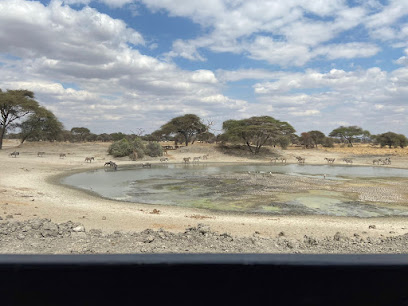
Kwa Protti Ammo
Explore Kwa Protti Ammo in Himiti, Tanzania, where breathtaking landscapes meet rich cultural experiences for every traveler.

Essential places to dine
Cape Town Fish Market Dar es Salaam
Experience the best seafood in Dar es Salaam at Cape Town Fish Market – where fresh flavors meet stunning bay views.
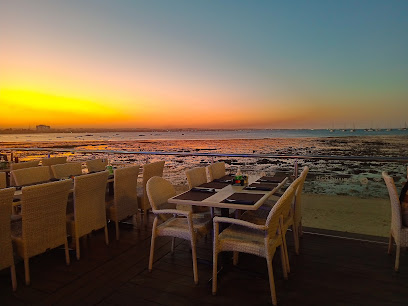
Samaki Samaki restaurant
Discover fresh seafood delights at Samaki Samaki - Dar es Salaam's go-to restaurant for authentic Tanzanian cuisine and vibrant ambiance.
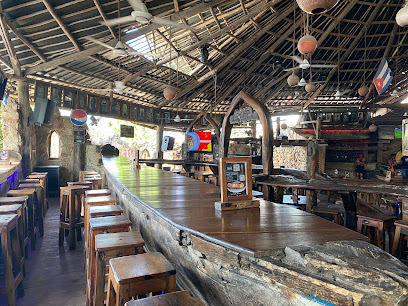
Indoitaliano Restaurant (Delivery available)
Experience the best of Italian-Tanzanian fusion cuisine at Indoitaliano Restaurant in Lindi – perfect for dine-in or delivery!
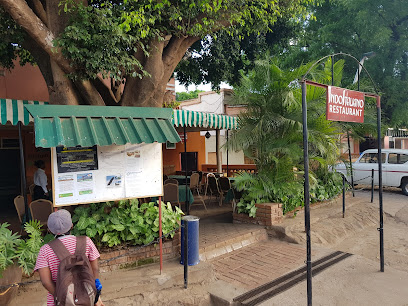
Maramboi Tented Lodge
Discover luxury camping at Maramboi Tented Lodge—your gateway to Tarangire & Lake Manyara's breathtaking wildlife experiences.
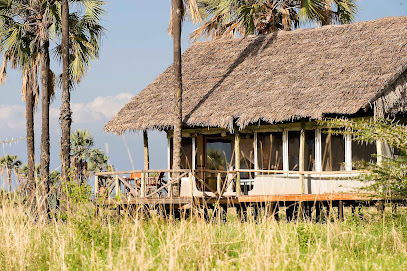
Veranda Restaurant
Experience exquisite dining with stunning views at Veranda Restaurant in Dar es Salaam's vibrant Masaki neighborhood.
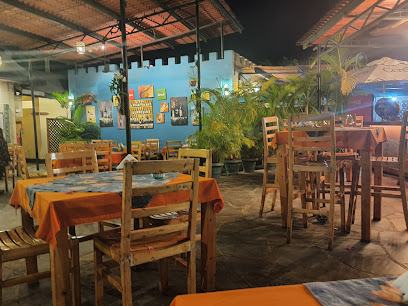
Tarangire Sopa Lodge
Discover luxury and wildlife at Tarangire Sopa Lodge, your gateway to exploring Tanzania's breathtaking national park.

Burunge Tented Lodge
Discover luxury and adventure at Burunge Tented Lodge near Tarangire National Park – where nature meets comfort.
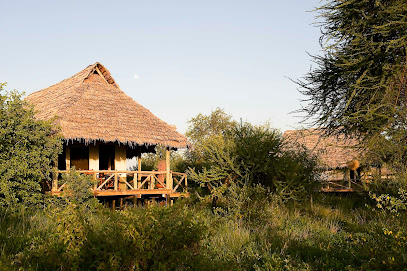
Milan’s Restaurant (Indian Vegetarian cuisine)
Discover the rich flavors of India at Milan’s Restaurant – your destination for authentic vegetarian cuisine in Tanzania.
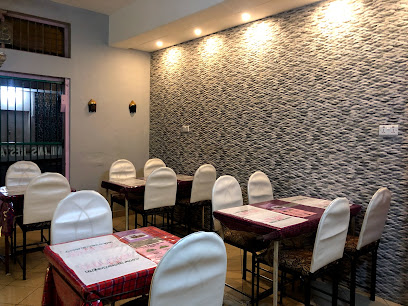
Rohobot Ethiopian Restaurant
Savor authentic Ethiopian cuisine at Rohobot Restaurant in Dar es Salaam – where tradition meets flavor!
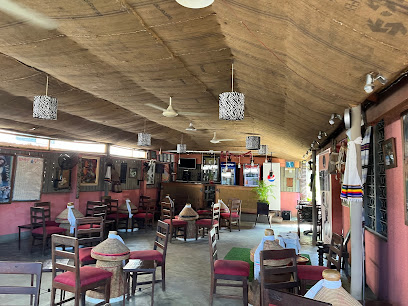
Tarangire Simba Lodge
Discover luxury amidst wildlife at Tarangire Simba Lodge – your gateway to Tanzania's stunning national parks.

Tarangire Safari Lodge
Discover unparalleled wildlife experiences and breathtaking views at Tarangire Safari Lodge in Tanzania's iconic national park.
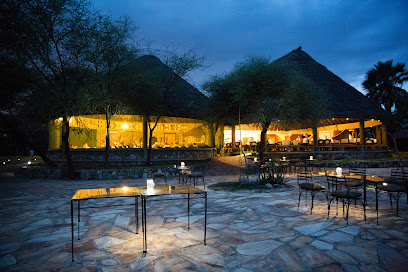
Sangaiwe Tented Lodge
Discover unparalleled comfort and breathtaking wildlife experiences at Sangaiwe Tented Lodge near Tarangire National Park.

Cafe Kabisa
Discover Café Kabisa in Mto Wa Mbu - A perfect blend of local flavors and warm hospitality amidst stunning scenery.
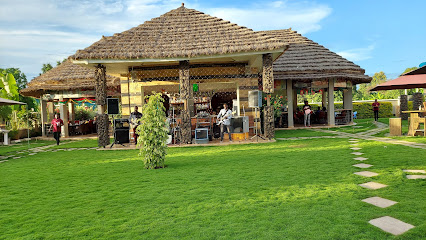
Twiga Brewery
Experience the vibrant craft beer culture at Twiga Brewery in Arusha – where local flavors meet great company.

Tortilis Camp
Discover luxury and adventure at Tortilis Camp in Serengeti - where nature meets elegance for an unforgettable safari experience.

Markets, malls and hidden boutiques
Tarangire National Park
Discover the breathtaking beauty and rich wildlife of Tarangire National Park, a must-see destination for every nature lover visiting Tanzania.
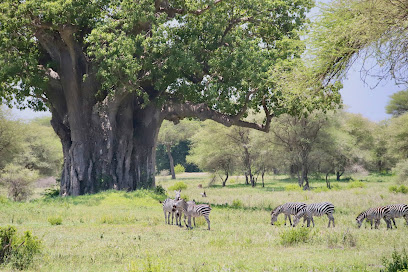
A. R. Massawe XXTT
Explore the vibrant fashion scene at A. R. Massawe XXTT, a top clothing store in Babati offering unique local styles and contemporary designs.
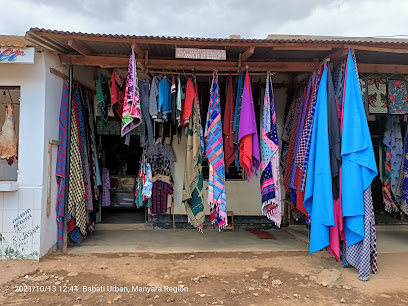
Manyara General Traders
Discover the vibrant flavors of Tanzania at Manyara General Traders, your go-to grocery store in Babati for fresh produce and local specialties.

MGENDI MINI SUPERMARKET
Explore the diverse offerings of MGENDI MINI SUPERMARKET in Babati, your go-to grocery destination for local and international products.

Duka letu
Discover unique home goods at Duka Letu in Babati, where local craftsmanship meets warm hospitality for an unforgettable shopping experience.

Mompome
Experience the vibrant culture of Babati at Mompome, a charming general store offering unique local products and a warm community atmosphere.

DADA'S PAMBA STYLE
Discover vibrant Tanzanian fashion at DADA'S PAMBA STYLE in Babati, where local culture meets style in a colorful clothing store.

Namire Shopping Centre
Explore the vibrant Namire Shopping Centre in Babati, offering a unique mix of local culture and modern shopping experiences for every traveler.
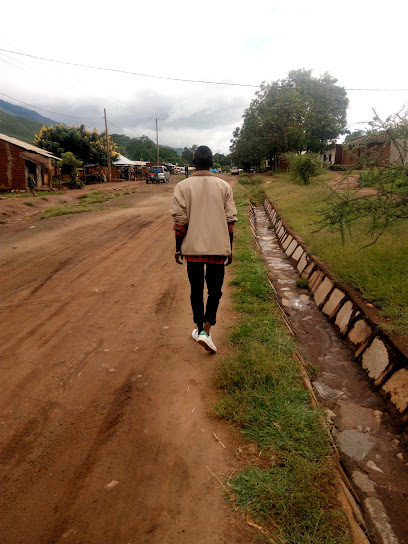
Baba batuli
Explore Baba Batuli: Your gateway to authentic Tanzanian home goods and unique local craftsmanship in Babati.

Mama Dennis Shopping centre
Experience the vibrant fashion scene at Mama Dennis Shopping Centre in Babati, Tanzania, where local culture meets contemporary style.

Bro. Paulo shop
Explore Bro. Paulo Shop in Babati for unique handcrafted gifts and authentic local treasures that capture the spirit of Tanzania.

Mamsat shop
Discover the charm of Babati at Mamsat Shop, a home goods store filled with unique Tanzanian crafts and essential household items.
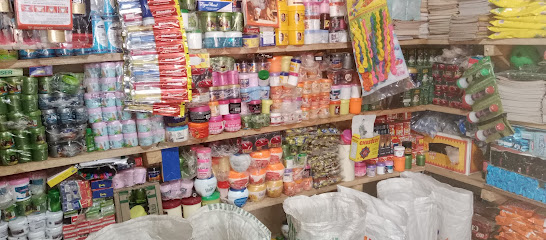
Siana Lema Shop
Discover the flavors of Gallapo at Siana Lema Shop, your go-to grocery store for local ingredients and fresh produce.

GELAS COSMETICS SHOP
Explore Gelas Cosmetics Shop in Babati for unique beauty products and authentic Tanzanian crafts, a perfect stop for every traveler.

AMAZON GARDEN
Discover the local flavors of Tanzania at Amazon Garden, a vibrant grocery store in Babati offering fresh produce and local delicacies.
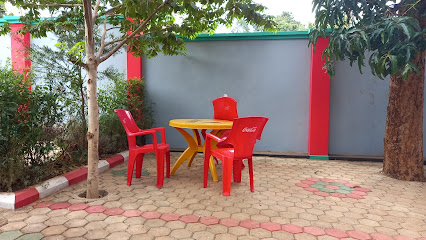
Essential bars & hidden hideouts
Manyara Raha
Discover the vibrant atmosphere and luxurious offerings at Manyara Raha, Babati's premier bar for relaxation and entertainment.
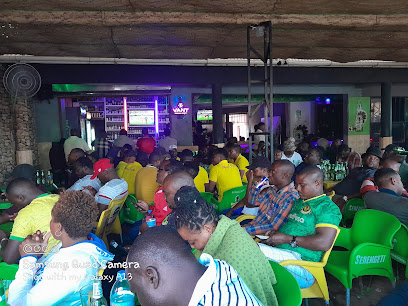
SMART BAR
Discover the lively atmosphere of Smart Bar in Babati, where locals and tourists unite over drinks and great conversations.

The Champions Lounge Babati
Discover the vibrant culinary scene at The Champions Lounge Babati, where delicious grilled dishes and lively entertainment await every visitor.
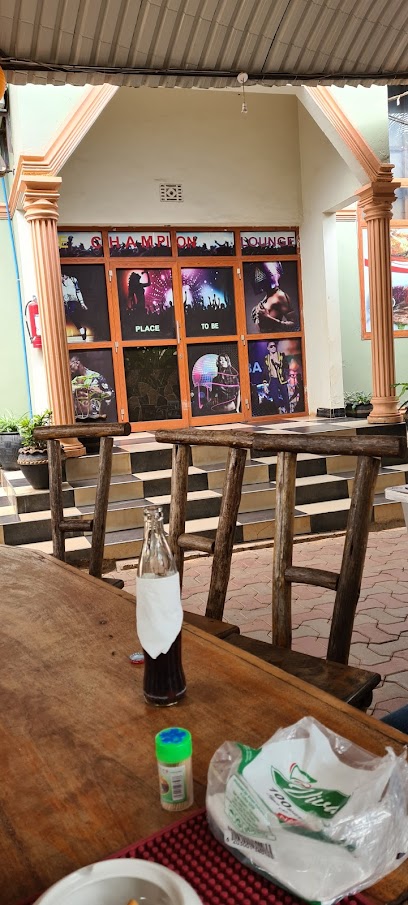
Babati boottocht
Experience the vibrant atmosphere of Babati Boottocht, a cultural bar in Tanzania where locals and tourists gather for drinks and music.

Nyumbani Resort
Experience the authentic charm of Tanzanian hospitality at Nyumbani Resort in Babati, where relaxation meets local culture.
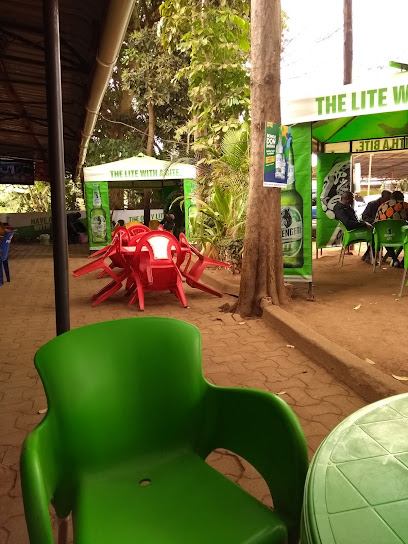
Pili Bar
Experience the vibrant energy and delightful drinks at Pili Bar in Loibor Serrit, a perfect spot to unwind after your adventures.
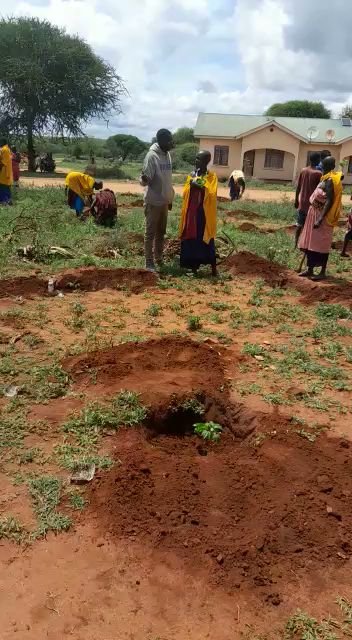
New First & Last Bar
Discover the lively ambiance of New First & Last Bar in Babati, a perfect blend of local culture and refreshing drinks in Tanzania's vibrant nightlife.

Toroka Uje Bar
Discover the vibrant local culture and nightlife at Toroka Uje Bar in Babati, Tanzania, where refreshing drinks and friendly faces await.

The Legends Sports Bar And Grill
Experience the vibrant sports culture and local flavors at The Legends Sports Bar And Grill in Babati, where every visit feels like a celebration.
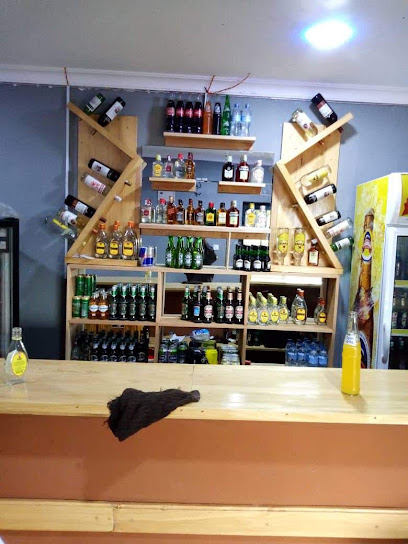
Mekus Bar
Experience the vibrant nightlife at Mekus Bar in Babati, where local flavors and friendly faces create unforgettable memories.

Babati Carnival Bar
Discover the vibrant nightlife at Babati Carnival Bar, where local culture meets a lively atmosphere for an unforgettable experience.
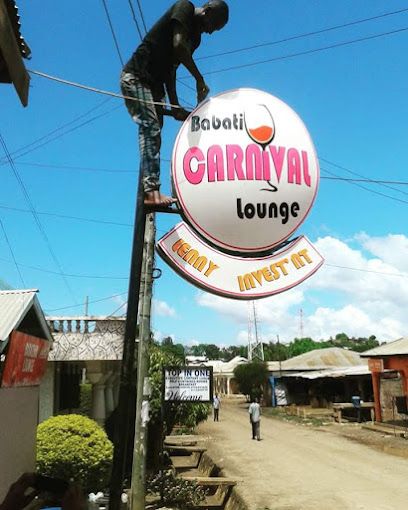
Manu Bura bar
Discover the lively Manu Bura Bar, where vibrant ambiance meets refreshing drinks, perfect for unwinding after a day of exploration.

Rombo Bar
Experience the vibrant local culture at Rombo Bar in Babati, where friendly locals and refreshing drinks create unforgettable memories.

Perfect Bar
Experience the vibrant nightlife at Perfect Bar in Babati, where refreshing drinks and local culture blend seamlessly for an unforgettable evening.

Malaika
Experience the vibrant local nightlife at Malaika Bar in Gallapo, where refreshing drinks and lively atmosphere await every traveler.

Local Phrases about Tarangire National Park
-
- HelloJambo
[jahm-boh] - GoodbyeKwaheri
[kwah-heh-ree] - YesNdio
[n-dee-oh] - NoHapana
[hah-pah-nah] - Please/You're welcomeTafadhali
[tah-fah-dah-lee] - Thank youAsante
[ah-sahn-teh] - Excuse me/SorrySamahani
[sah-mah-hah-nee] - How are you?U hali gani?
[oo hah-lee gah-nee] - Fine. And you?Nzuri. Na wewe?
[n-zoo-ree. nah weh-weh] - Do you speak English?Unazungumza Kiingereza?
[oo-nah-zoo-ngoom-zah keen-geh-reh-zah] - I don't understandSielewi
[see-leh-wee]
- HelloJambo
-
- I'd like to see the menu, pleaseNingependa kuona orodha, tafadhali
[nee-ngeh-pehn-dah koo-oh-nah oh-roh-dhah, tah-fah-dah-lee] - I don't eat meatSili nyama
[see-lee nyah-mah] - Cheers!Mambo!
[mahm-boh] - I would like to pay, pleaseNingependa kulipa, tafadhali
[nee-ngeh-pehn-dah koo-lee-pah, tah-fah-dah-lee]
- I'd like to see the menu, pleaseNingependa kuona orodha, tafadhali
-
- Help!Msaada!
[msah-ah-dah] - Go away!Ondoka!
[ohn-doh-kah] - Call the Police!Piga simu polisi!
[pee-gah see-moo poh-lee-see] - Call a doctor!Piga simu daktari!
[pee-gah see-moo dahk-tah-ree] - I'm lostNimepotea
[nee-meh-poh-teh-ah] - I'm illMimi ni mgonjwa
[mee-mee nee m-gohn-jwah]
- Help!Msaada!
-
- I'd like to buy...Ningependa kununua...
[nee-ngeh-pehn-dah koo-noo-noo-ah] - I'm just lookingNatazama tu
[nah-tah-zah-mah too] - How much is it?Bei ni kiasi gani?
[beh-ee nee kya-see gah-nee] - That's too expensiveHilo ni ghali sana
[hee-loh nee gah-lee sah-nah] - Can you lower the price?Unaweza kushusha bei?
[oo-nah-weh-zah koo-shoo-shah beh-ee]
- I'd like to buy...Ningependa kununua...
-
- What time is it?Saa ngapi?
[sah-ah ngah-pee] - It's one o'clockNi saa moja
[nee sah-ah moh-jah] - Half past (10)Nusu saa kumi
[noo-soo sah-ah koo-mee] - MorningAsubuhi
[ah-soo-boo-hee] - AfternoonMchana
[m-chah-nah] - EveningJioni
[joh-nee] - YesterdayJana
[jah-nah] - TodayLeo
[leh-oh] - TomorrowKesho
[keh-show] - 1Moja
[moh-jah] - 2Mbili
[m-bee-lee] - 3Tatu
[tah-too] - 4Nne
[n-neh] - 5Tano
[tah-noh] - 6Sita
[see-tah] - 7Saba
[sah-bah] - 8Nane
[nah-neh] - 9Tisa
[tee-sah] - 10Kumi
[koo-mee]
- What time is it?Saa ngapi?
-
- Where's a/the...?Iko wapi...?
[ee-koh wah-pee] - What's the address?Anuani ni ipi?
[ah-noo-ah-nee nee ee-pee] - Can you show me (on the map)?Unaweza kunionyesha (kwenye ramani)?
[oo-nah-weh-zah koo-nee-oh-nyeh-shah (k-weh-neh rah-mah-nee)] - When's the next (bus)?Basi lijalo ni lini?
[bah-see lee-jah-loh nee lee-nee] - A ticket (to ....)Tiketi (kwenda ....)
[tee-keh-tee (kwehn-dah)]
- Where's a/the...?Iko wapi...?
History of Tarangire National Park
-
Tarangire National Park was established in 1970 and named after the Tarangire River which crosses through the park. This river is a vital water source during the dry season, attracting a diverse range of wildlife and making the park a significant area for conservation.
-
Before the park was officially established, the land was traditionally occupied by the Maasai people. Known for their semi-nomadic lifestyle and cattle herding, the Maasai have a deep cultural connection to the land and its wildlife. Their knowledge of the area has been invaluable for understanding the ecosystem and its inhabitants.
-
Tarangire National Park is home to several sites of ancient rock art, which provide a glimpse into the lives of early human inhabitants. These petroglyphs depict animals, hunting scenes, and abstract symbols, indicating the long-standing interaction between humans and the environment in this region.
-
Since its establishment, Tarangire National Park has faced numerous challenges, including poaching and habitat destruction. However, conservation efforts have been put in place to protect its diverse wildlife, including anti-poaching measures and community-based conservation programs that involve local communities in the park's preservation.
-
The park is renowned for its seasonal migration of animals, particularly elephants. During the dry season, thousands of animals migrate to the Tarangire River. This migration is a crucial event for the ecosystem, ensuring the survival of various species during harsh conditions.
-
Tourism has played a significant role in the development and conservation of Tarangire National Park. The revenue generated from tourism helps fund conservation projects and supports local communities. Efforts have been made to promote sustainable tourism to minimize the impact on the environment and wildlife.
-
One of the most iconic features of Tarangire National Park is its ancient baobab trees. These trees are not only visually striking but also play a crucial role in the ecosystem, providing shelter and food for various animals and birds. Some of these trees are believed to be over a thousand years old.
Tarangire National Park Essentials
-
Tarangire National Park is located in the Manyara Region of Tanzania. The nearest international airport is Kilimanjaro International Airport (JRO), approximately 118 kilometers away. From there, you can take a domestic flight to Arusha Airport (ARK) or drive directly to the park. The drive from Arusha takes about 2-3 hours by road. Alternatively, you can arrange for a private transfer or join a guided safari tour that includes transportation.
-
Within Tarangire National Park, the primary mode of transportation is safari vehicles, typically 4x4s equipped for game viewing. Many lodges and camps offer guided game drives. For those looking to explore independently, renting a 4x4 vehicle in Arusha or Moshi is an option, but be sure to have a detailed map and a GPS system. Walking safaris and hot air balloon rides are also available for unique perspectives on the park's wildlife.
-
The official currency in Tanzania is the Tanzanian Shilling (TZS). Most lodges, camps, and tourist establishments accept major credit cards, but it is advisable to carry cash for tips, local markets, and smaller vendors. ATMs are available in Arusha and major towns, but not within the park itself. Ensure you have enough cash before you depart for Tarangire.
-
Tarangire National Park is generally safe for tourists. However, standard precautions should be taken. Do not walk alone in the park, especially at night, due to the presence of wild animals. Keep your belongings secure and avoid displaying valuable items. There are no specific high-crime areas targeting tourists in the park, but always stay vigilant and follow the guidance of your tour guide or park rangers.
-
In case of emergency, contact the park authorities or your lodge, as they can coordinate with emergency services. The national emergency number in Tanzania is 112. It is highly recommended to have travel insurance that includes medical evacuation coverage. Most lodges and camps have basic first aid facilities, but for serious medical issues, you may need to be transported to a hospital in Arusha or Nairobi, Kenya.
-
Fashion: Do wear neutral-colored clothing that blends with the environment; avoid bright colors and patterns. Don't wear camouflage or military-style clothing. Religion: Do respect local customs and traditions. When visiting nearby villages, dress modestly. Public Transport: Do use organized tours for transportation within the park. Public transport is not available inside the park. Greetings: Do greet locals with a friendly 'Jambo' (hello). Handshakes are common, but not obligatory. Eating & Drinking: Do try local dishes if available at your lodge. Don't waste food, as it is considered disrespectful.
-
To experience Tarangire National Park like a local, consider visiting during the dry season (June to October) when wildlife congregates around the Tarangire River. Engage with local guides, who can offer insights into the park’s ecology and wildlife behavior. Participate in a cultural tour to a nearby Maasai village to learn about their traditions and way of life. For birdwatchers, Tarangire is a paradise with over 550 bird species. Bring binoculars and a bird guidebook to make the most of your visit.
Trending Landmarks in Tarangire National Park
-
Serengeti National Park
-
Lake Manyara National Park
-
Arusha National Park
-
Maramboi Tented Lodge
-
BURIGI CHATO SAFARIS CO LTD - Tanzania Serengeti Safaris | Kilimanjaro Climbing (Hiking) & Zanzibar Tour Operators
-
Saadani National Park
-
Saanane National Park
-
Tarangire Sopa Lodge
-
Kitulo National Park
-
Tarangire Simba Lodge
-
Tarangire Safari Lodge
-
Sangaiwe Tented Lodge
-
Tarangire Treetops by Elewana
-
Nyerere National Park
-
Oliver's Camp
Nearby Cities to Tarangire National Park
-
Things To Do in Singida
-
Things To Do in Moshi
-
Things To Do in Dodoma
-
Things To Do in Nairobi
-
Things To Do in Morogoro
-
Things To Do in Tanga
-
Things To Do in Tabora
-
Things To Do in Naivasha
-
Things To Do in Diani Beach
-
Things To Do in Mwanza
-
Things To Do in Mombasa
-
Things To Do in Iringa
-
Things To Do in Stone Town
-
Things To Do in Zanzibar City
-
Things To Do in Nakuru

